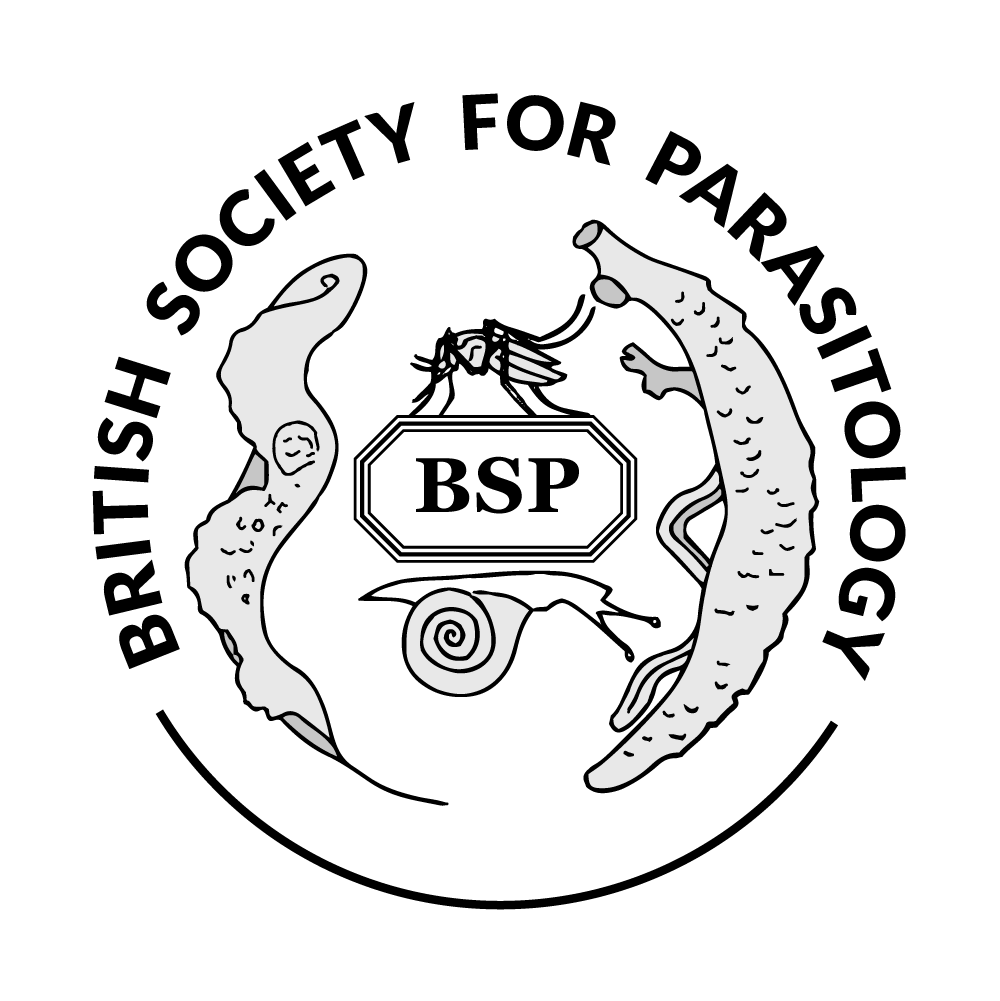Authors
E F King1; G J Florence1; A L Fraser1; E R Gould1; S K Menzies1; L B Tulloch1; M K Zacharova1; T K Smith1; 1 University of St Andrews Discussion
The natural world is host to a wide variety of biologically active compounds that successfully treat a range of diseases. Chamuvarinin, of the acetogenin family, is a natural product isolated from the roots of the bush banana plant Uvaria chamae and was subsequently synthesised in-house by the Florence lab. The acetogenins are cytotoxic to cancer cell-lines and chamuvarinin itself has low micromolar activity against Trypanosoma brucei, the causative agent of human African trypanosmiasis. A series of simplified analogues that retain the activity of chamuvarinin have been synthesised to determine the structure-activity relationships of various positions of the molecule. Motifs that increase selectivity towards the parasite have been developed and key trypanocidal elements of the core structure have been identified, aiding in the future development of new series of compounds. A key aspect of this project is the synthesis and use of photo-affinity probes in pursuit of the drug targets. Biochemical approaches with these probes have led to the identification of two candidate protein targets in bloodstream form T. brucei. Future efforts will involve examination of the protein-drug relationships, using genetic and biochemical approaches, which should direct synthesis of more potent and selective analogues. 
